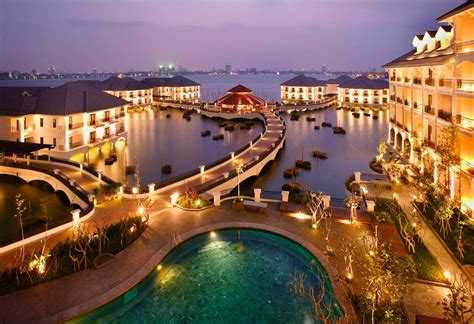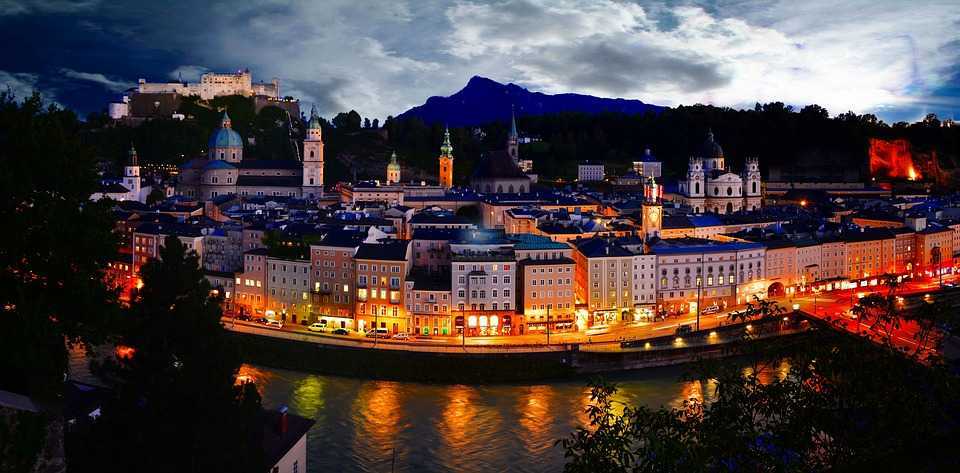From time immemorial, Rajasthan has been known for its rich history, culture and deep-rooted significance. This has remained one of the major reasons for which the region has seen a huge spike in tourists over the years. People from India and the globe have travelled far and wide, hoping to get a glimpse into the history of Rajasthan and soak in the diversity of the place. Rajasthan has so much to offer, it’s all about how much you want to know and explore.
We’ve given you a detailed explanation about the events and occurrences that led to the becoming of Rajasthan and what it is today.
History of Rajasthan
The entire state of Rajasthan is predominantly divided into two distinct regions – one being the Aravalli Range that runs through the state from the Southwest to the northeastern regions with the last part of the journey touching Delhi. The other part of the state is the region in the shifting sandhills – running from Marwar, Jaisalmer and Bikaner, which is in the northern and western part of the region. A majority of the second part is occupied by the world-famous Thar desert. Apart from the above, the other side of the state is found having dense forest lands and fertile valleys which form the base and support of the cities of Jaipur and Udaipur.
It is suggested by most research scholars that the Northern and Western region of Rajasthan wasn’t always constituted with desert land. Evidence has claimed that Elephants formed the base of this part of Rajasthan and occupied it as their habitat. It is assumed that these lands were once dense forest lands that the elephants used as their natural habitats and homes. It is in the recent past wherein the ecological change in the cycle has led to the forests being replaced with sand dunes and camels instead of elephants. Thus a lot of varied and distinct changes have gone into what Rajasthan is today.
Warrior Clans
It was during the 6th and 7th century that Rajasthan witnessed a change in its history with the historical development of the warrior clans. These clans were popularly referred to as ‘Rajputs,’ for their bravery and sheer sharpness in the battlefield. The Rajputs are said to have dominated the historical significance of Rajasthan and other places as well, for years together.
The very origin of the Rajputs and the existence of their tribe has continued to drive heated controversial arguments over the ages. The questions regarding their identity, whether they being wholly Indian or not was yet another cause of discussion during that time. Thus, there have remained innumerable questions and doubts that through their very existence, has been passed on from generation to generation.
It is believed in today’s day and era that the Rajputs majorly owe their very existence to both foreign and indigenous sources of their time. This is a viewpoint that has accounted for a general consensus and led to a mutual agreement of belief. Amongst these mixed groups of people were the ancestors of Bhils – people known to be great at their trade, having immeasurable skill and determination but are of a socially lower status. Thus this brought for yet another viewpoint and basis of discussion amongst the people.
Muslim Invaders
One of the greatest Rajput rulers that had come straight into conflict with the Muslim invaders was, ‘Prithviraj Chauhan of Ajmer,’ who remained in conflict with the invaders of Central Asia during the 12th century. When it came to battle, Prithviraj Chauhan provided his army and himself to be a great warrior of that time as his adversary – Muhammad Ghori, who witnesses one of the most humiliating defeats of his lifetime.
The win was even more surprising as Muhammad Ghori, was known as ‘a hero of three stupendous defeats,’ and never let himself feel the weight of a defeated battle. Thus, just as Prithviraj Chauhan had expected this was the last that Muhammad Ghor was seen on Indian soil, he reappeared in sight to claim the final victory.
Man Singh-Rajput Prince, Mughal noble
Man Singh, belonging to the house of Amber – was known to be one of the most illustrious sons that Amber had. His sister happened to be the very first Rajput princess who eventually became Akbar’s queen. Amongst all of Akbar’s nobles from far and wide, Man Singh was regarded as the most trusted and loyal servant in his household.
He was the sole hero behind every expansion of Akbar’s empire, as he fought battle after battle leading them to victory. Due to his most capable and ample leadership, the house of Akbar reigned and gained respect for centuries to come. Even today, the descendants of Jaipur’s ruling family have traces of their lineage leading back to him.
Independent India
It was during the year 1947 and on the date of 15th August that India had received its independence and partition from Pakistan. There were only two options that were put forward towards the princes – one being the merging of both regions (India and Pakistan) for good and the other being the complete retention of their autonomy. The entire reason for the partition talks to come into play was the Hindu-Muslim divide during that time and hence the thought of the Hindu princes looping in with Pakistan remained unthinkable and unimaginable during that period.
It was the unanimous religious identities and common history that made it easier and sensible for the princes to merge with India instead and this led to the unification process as a whole. The efforts put in by ‘Sardar Patel,’ the Home Minister was entirely based on making the peace and merging with India a more liable option. A number of privileges and benefits were offered to the princes in return.
Suggested Read: 10 Ancient Places In Rajasthan which are must visit in 2024
Want to head over to Rajasthan and experience the rich cultural heritage the state has to offer? Has this blog gotten you all excited and raring to go? Don’t hesitate to book your Tour Package at Pickyourtrail now and have the most memorable vacation.
Related Itineraries

Stunning 6 Nights Northern Lights Packages
- Flights excluded
- 4 star accommodations
- 3 activities
- Transfers excluded
₹ 64,954
Starting price/person

Fantastic 6 Nights Finland Northern Lights Tour Package
- Flights excluded
- 4 star accommodations
- 2 activities
- Shared transfer
₹ 69,369
Starting price/person

Beautiful 10 Nights Italy Honeymoon Package
- Flights included
- 4 star accommodations
- 9 activities
- Private transfer
₹ 1,32,869
Starting price/person

Ideal 6 day Switzerland Tour Packages for Family
- Flights included
- 3 star accommodations
- 3 activities
- Shared transfer
₹ 99,112
Starting price/person

Romantic 8 Nights Bali and Vietnam Honeymoon Packages
- Flights included
- 4 star accommodations
- 6 activities
- Shared transfer
₹ 99,947
Starting price/person

Gorgeous 9 Nights Singapore Bali Honeymoon Packages
- Flights excluded
- 4.5 star accommodations
- 6 activities
- Shared transfer
₹ 90,953
Starting price/person

Magical 9 Nights Germany Vacation Packages
- Flights excluded
- 4.5 star accommodations
- 8 activities
- Private transfer
₹ 79,832
Starting price/person

Scenic 10 Nights Greece & Turkey Vacation Packages
- Flights excluded
- 5 star accommodations
- 6 activities
- Shared transfer
₹ 60,718
Starting price/person

Magical 7 Nights Croatia Tour Packages
- Flights excluded
- 4 star accommodations
- 10 activities
- Shared transfer
₹ 57,778
Starting price/person

Beautiful 10 Nights Amsterdam Tour Package
- Flights excluded
- 4 star accommodations
- 8 activities
- Private transfer
₹ 1,84,115
Starting price/person



